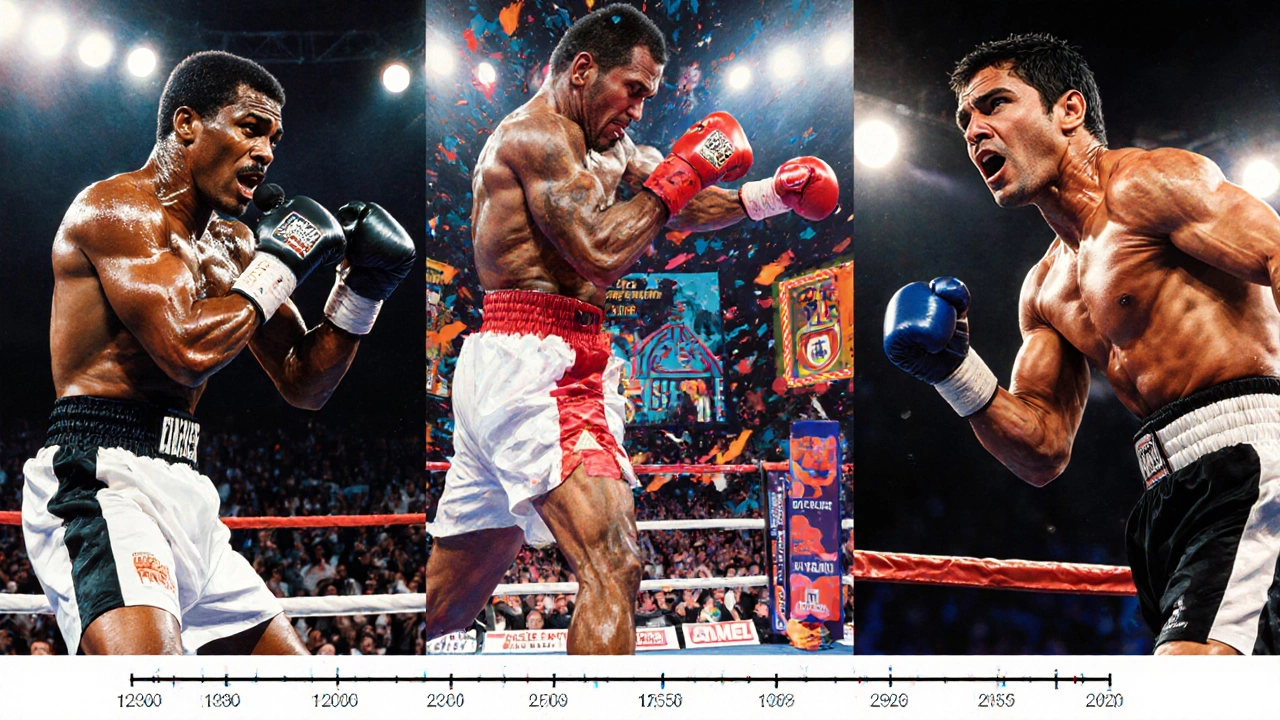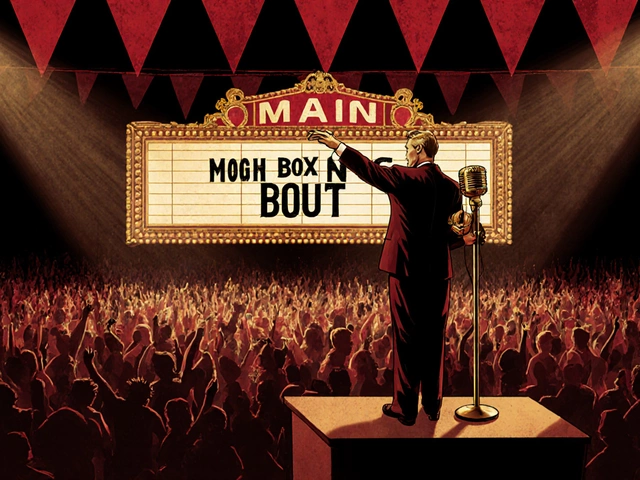Boxing Terminology Quiz
When you hear a fight promoter shout, “Ladies and gentlemen, welcome to the main boxing bout of the night!” it’s easy to assume the word ‘bout’ is just slang. In reality, the term has a specific place in boxing vocabulary. This article breaks down what a bout really is, how it differs from a match, and why the distinction matters for fans, fighters, and officials.
What Exactly Is a Bout?
Bout is a formal term used to describe a scheduled contest between two boxers, governed by the rules of a sanctioning body and usually lasting a set number of rounds. The word comes from the French bouter, meaning ‘to push’ or ‘to thrust’, and entered English boxing jargon in the late 19th century. A bout is more than a casual sparring session; it’s the official event that appears on a fight card, gets recorded in the boxer’s professional record, and can involve titles, prize money, and broadcasting rights.
Boxing Match vs. Bout: Are They Interchangeable?
Boxing match refers to the same competitive encounter, but the term is broader and often used by casual observers. In everyday conversation, people swap ‘match’ and ‘bout’ without thinking. However, within the sport’s regulatory language, ‘bout’ is the preferred term because it aligns with the language of contracts, athletic commissions, and sanctioning bodies like the WBA, WBC, IBF, and WBO.
Below is a quick side‑by‑side comparison:
| Aspect | Bout | Match |
|---|---|---|
| Official usage | Used in contracts, commission filings, and sanctioning‑body rules | Common in media headlines and casual conversation |
| Regulatory reference | Listed in the fight card and official result sheets | Rarely appears in official paperwork |
| International adoption | Standard term in the UK, Canada, Australia, and many European federations | More common in the United States' lay press |
| Connotation | Professional, sanctioned competition | Can imply amateur or exhibition fights |
How a Bout Is Structured
Every bout follows a set framework, from the weigh‑in to the final bell. Understanding these steps helps you appreciate why the term carries weight.
- Weigh‑in: Fighters must make the agreed‑upon Weight class. Missed weight can turn a scheduled bout into a non‑title fight or even cancel it.
- Medical clearance: Athletic commissions require doctors to clear both athletes after the weigh‑in.
- Contract signing: Promoters, managers, and fighters sign a bout agreement outlining purse splits, round count, and any special clauses.
- Round plan: A professional bout typically runs 4, 6, 8, 10, or 12 Rounds, each lasting three minutes with a one‑minute break.
- Referee oversight: The Referee ensures rules are followed, counts knockdowns, and can stop the bout for safety.
- Judging: Three judges score each round using the 10‑point‑must system. Their collective scores determine a decision if the bout goes the distance.
- Post‑bout procedures: Results are filed with the commission, the winner’s record is updated, and any title changes are recorded.

Key Elements That Define a Bout
- Sanctioning body: The organization (WBA, WBC, IBF, WBO, etc.) that authorizes the bout and enforces its rules.
- Title status: A bout may be a title fight, an eliminator, or a non‑title bout. The classification affects rankings and purse distribution.
- Venue: Professional bouts take place inside a Ring, typically 16‑20 feet squared, surrounded by ropes.
- Broadcast rights: Networks negotiate to air the bout, influencing its global reach and revenue.
- Safety protocols: Modern bouts require medical staff, ringside doctors, and sometimes instant replay for contentious rulings.
Historical Use of the Word “Bout”
The term first appeared in newspaper reports of bare‑knuckle contests in the 1800s. As boxing moved from prizefighting to the modern sport governed by the Marquess of Queensberry Rules, the word stuck and became standard in rulebooks. By the 1920s, the Amateur Athletic Union (AAU) used “bout” in official documentation, cementing its place in both amateur and professional circles.
Notable Bouts That Shaped the Sport
When you read about the “Fight of the Century,” you’re actually looking at a historic bout. Here are three iconic bouts and why they matter:
- Ali vs. Frazier (1971): The first heavyweight bout between the two legends, known as the “Fight of the Century,” set a new standard for global pay‑per‑view sales.
- Mayweather vs. Pacquiao (2015): Often called the “Fight of the Century” (again), this bout broke the $400 million pay‑per‑view record.
- Tyson vs. Louis (2020): A highly publicized bout that demonstrated how a well‑crafted fight card can revive a fading champion’s career.
Each of these events was organized as a bout, complete with contracts, weight‑class agreements, and sanctioning‑body approval.

Common Misconceptions
- “Bout” only applies to professional boxing. Amateur contests, youth fights, and even some exhibition matches are also referred to as bouts in official paperwork.
- “Bout” means a longer fight. The length of a bout depends on the agreed number of rounds, not the term itself.
- All fights are bouts. While technically correct, some regional promoters still use “match” for local events, leading to mixed terminology.
How the Terminology Affects Fans and Fighters
Understanding that a “bout” is the official term helps you interpret fight cards, betting odds, and rankings. For fighters, a bout’s classification determines eligibility for titles and impacts the legal contract governing payouts. For fans, recognizing a bout’s status (title vs. non‑title) can set expectations about the stakes involved.
Quick Takeaways
- A bout is the formal, regulated term for a boxing contest.
- “Match” is a colloquial synonym but rarely appears in official documents.
- All sanctioned fights-professional, amateur, or exhibition-are technically bouts.
- The word carries legal weight in contracts, rankings, and title histories.
Is a boxing match the same as a bout?
Yes, in everyday speech they mean the same thing, but “bout” is the official term used in contracts, rulebooks, and by sanctioning bodies.
Why do promoters use the word ‘bout’?
Promoters use “bout” because it aligns with the legal language of fight agreements and helps convey a professional, regulated event to broadcasters and sponsors.
Can a non‑title fight still be called a bout?
Absolutely. Any sanctioned competition-whether a title bout, an eliminator, or a simple three‑round undercard fight-is a bout.
Do other combat sports use the term ‘bout’?
Yes. Mixed martial arts (MMA), kickboxing, and even professional wrestling often refer to their contests as bouts, following the same regulatory tradition.
What happens if a bout is canceled at the last minute?
Cancellations trigger contractual clauses-fighters may receive a “show” purse, promoters face fines, and the sanctioning body may adjust rankings.

